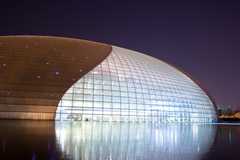Sporting giants / Beijing
Expo 11: Olympic gold rush
Beijing’s citizens are living under more than the legendary smog clouds. The world will be focused on China’s capital city this August, and, if all goes to the Communist Party’s plan, we will be overawed by the glittering lights and maximalist constructions of a building boom whose bill runs into the tens of billions of yuan. Monocle visits the Olympic Park to find out if this is nation-branding folly on a gargantuan scale, or the starting pistol of the Chinese century.
Huizhongli is a small Beijing neighbourhood like hundreds of others – a cluster of low-rise apartments with a kindergarten and a bustling market. What sets it apart from the rest is its location next to one of the biggest architectural projects Beijing has seen since the building of the Forbidden City. Five years after construction began, this previously overlooked patch in the north of the city has been transformed into Beijing’s Olympic Park, the main venue for the 2008 Olympics. It’s hard to appreciate in the winter chill, but come the summer the scrubby earth will have been laid with fresh turf, the dust paved over and the wrappers taken off a series of sporting facilities the likes of which have never been seen in Beijing or any other Chinese city. Dominating it all is the building that has come to be the architectural symbol of the 29th Summer Olympiad: the 91,000 capacity National Stadium. A giant tangle of steel, it looks like an architect’s doodle come to life. Locals, who refer to the stadium simply as the “Bird’s Nest”, have mixed feelings about the architectural marvel on their doorstep. “It looks like my wife’s hair after she’s washed it!” says Huizhongli resident, Mr Du, 59.
Oblivious to the cold, he’s standing on a street corner with his shivering poodle. He was sent to icy Harbin during the Cultural Revolution, which might account for his resilience. “You can’t tell me that a senior engineer was responsible for that. It’s completely chaotic. They should at least put a Chinese gate at the front.” His 75-year-old neighbour, Mr Yuan, is more enthusiastic. “I think it’s beautiful,” he says. “Yes, it’s modern, but we have to move with the times.” But Mr Du is not convinced. “They spent far too much money on the whole thing and we’re not even allowed to walk through the park. We haven’t benefited from the Games at all – they painted the outside of our apartments but that’s it. I’d rather have a few more yuan in my pension.”
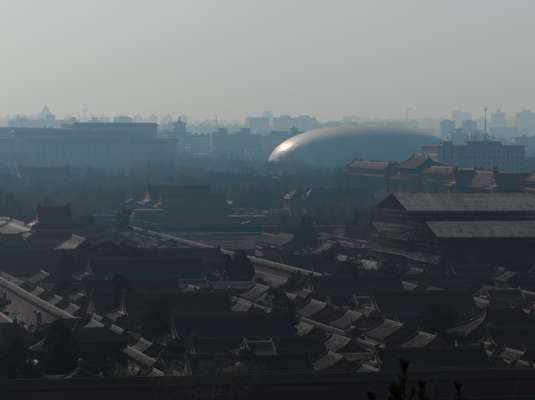
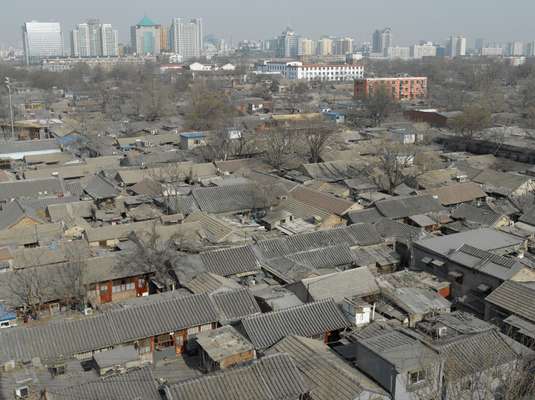



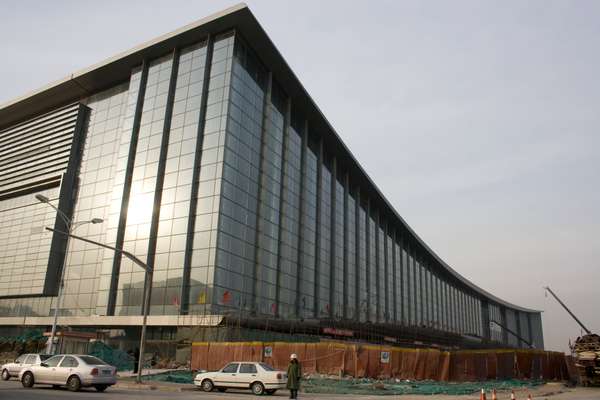
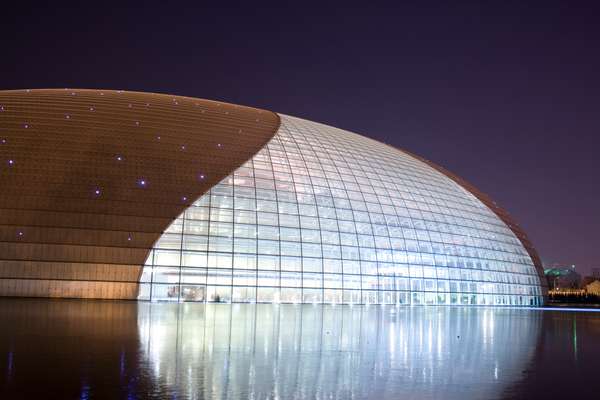
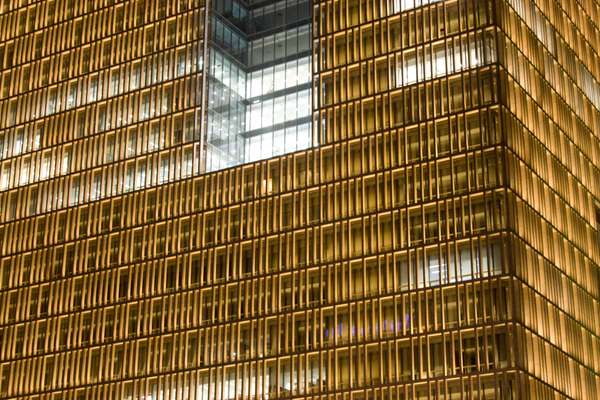
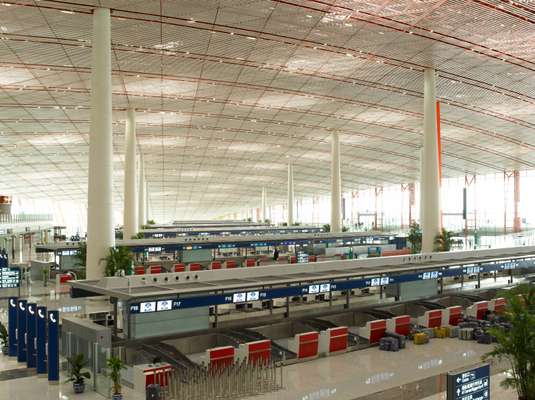
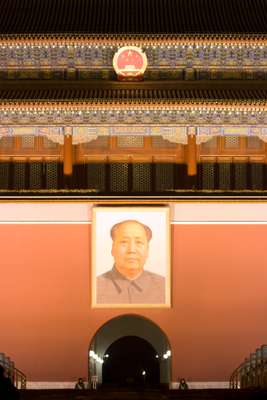
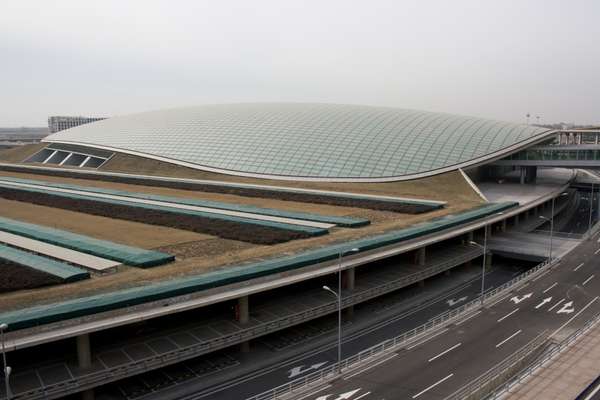
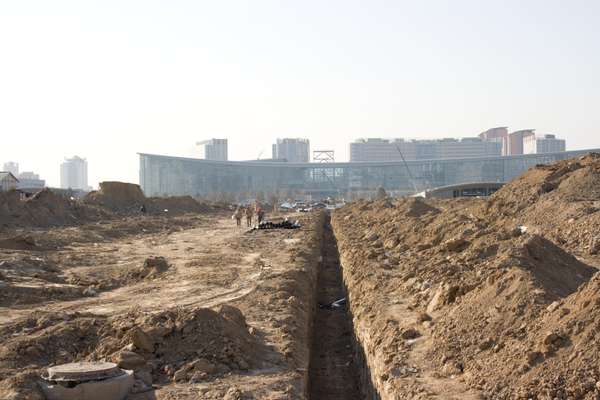
In a city filled with relentless Olympic good cheer, his cynicism is unexpected. And yet for many cities the legacy of the Olympics is decades of debt and extravagant buildings that slip quietly into decay. Occasionally, however, they have taken on a more significant meaning. The Tokyo Olympics in 1964 marked the arrival of modern Japan, a moment of national rebirth. The question for China is whether this summer will be its pivotal moment. It’s already a burgeoning military and economic power, but can it be cultural force too? Or will the Olympics be nothing more profound than a very expensive exercise in nation branding? At one time, the Bird’s Nest, which was designed by the distinguished Swiss architects Herzog & de Meuron, was regarded as the symbol of everything that was wrong with the Olympics, the epitome of the organisers’ obsession with all things big and foreign. Beijing’s citizens have learnt that a 21st-Century Olympics doesn’t come cheap. The bill for the stadium – one of 37 venues built or renovated for the two-week event – is €300m.
What you can’t see in most photographs of the stadium are the buildings beyond the Olympic Green, a sprawl of apartment blocks and highways, drab reminders of how uninspiring architecture can be. The star turn had to be enough of a landmark to lift the whole Olympic development and its surroundings as well. It has to do what the Guggenheim did for Bilbao. It could do with a downpour to remove the coating of Beijing dust, but then that will be a problem for all the buildings. The new National Aquatics Centre next door is sheathed in what looks like oversized bubble wrap – a skin of translucent cushioned plastic. At night the whole building glows eerily like a giant fish tank and it will certainly be one of the architectural draws of the Olympics. Long term though, they’ll have their work cut out keeping that white exterior clean in smoggy Beijing.
Many of the big projects have gone to foreign architects such as Norman Foster and Rem Koolhaas. Looking at a structure like Koolhaas’s China Central TV building – a two-pronged colossus currently under construction in the central business district – you can’t help but wonder if some architects have turned Beijing’s desire for modernity to their advantage by designing experimental buildings that they would probably never get a chance to build anywhere else. Paul Andreu – the French architect who is best known as an airport designer – designed the National Centre for the Performing Arts, one of the most successful new landmarks in Beijing. Its detractors query its spacey appearance and it does resemble a half-submerged titanium egg, but there’s a strength and simplicity to Andreu’s building that complements without competing with its equally monumental neighbours – Tiananmen Square on one side, and the Forbidden City in front. Visitors enter from a distance via an underground walkway, leaving the ground-level moated exterior completely empty. Inside is a soaring arc of wood, glass and steel. An exhibition on the ground floor shows the other final proposals – some of the horrors put forward should make any citizen glad that Andreu won. Critics argue that foreign architects don’t understand Chinese sensibilities – and it’s true that the claims for Chinese-ness in some designs are so abstract as to be completely invisible – but outsiders can’t be blamed for the swathes of unappealing apartment and office blocks that are appearing all over Beijing. The renovation of old brick buildings, such as the Imperial Granaries or the converted factories-turned-galleries in District 798 show how development might have gone in a more sympathetic direction, but for now it seems that a modern Chinese architectural identity is still to be found. In another 20 years, authorities might wish they hadn’t demolished so much of Beijing’s heritage.
It is not just Beijing’s physical appearance that is changing. Organisers have been working hard to polish the city’s notoriously brusque manners. Steely airport officials have been replaced with “Airport Concierges” in blue jackets and silk scarves; immigration staff greet passengers with a smile and their performance can be appraised at the touch of a button. Taxi drivers have been issued with an Olympic handbook detailing useful English phrases and a dress code for them that stipulates no singlets, stubble or cigarettes. Visitors will see the new face of China as soon as they land at Beijing Capital International Airport. They’ll arrive at Terminal 3, designed by airport maestros Foster + Partners – the world’s largest airport building. It’s a triumph – a culmination of everything Foster’s team has learnt at London Stansted and Hong Kong’s Chep Lak Kok, built to an unprecedented scale. They’ve installed a €168m luggage handling system by Siemens; driverless trains will whisk passengers from the check-in area to the international gates and a new express train will connect the airport directly to the city. Any other city interested in a similar airport will be looking at a bill of €1.9bn. The entire terminal has gone from design to completion in four years. Question marks still hang over Beijing’s suitability as an Olympic city while China continues to display so little regard for human rights. And then there’s the pollution – the dirty skies above Beijing make life hard enough for its citizens, let alone finely tuned athletes. It’s still not clear that plans to switch off factories and remove 50 per cent of the cars from the road will have any effect on air quality. For better or worse, it’s clear that the Games have propelled development, and most people seem to be genuinely excited about showing off their newly made-over city to the world. “We’re 50 per cent happy and 50 per cent angry,” says one Beijing resident. “We’ve been saying for years that the subway should be expanded but it took the Olympics to make it happen. The Games are pushing the city forward by 30 or 40 years.”

